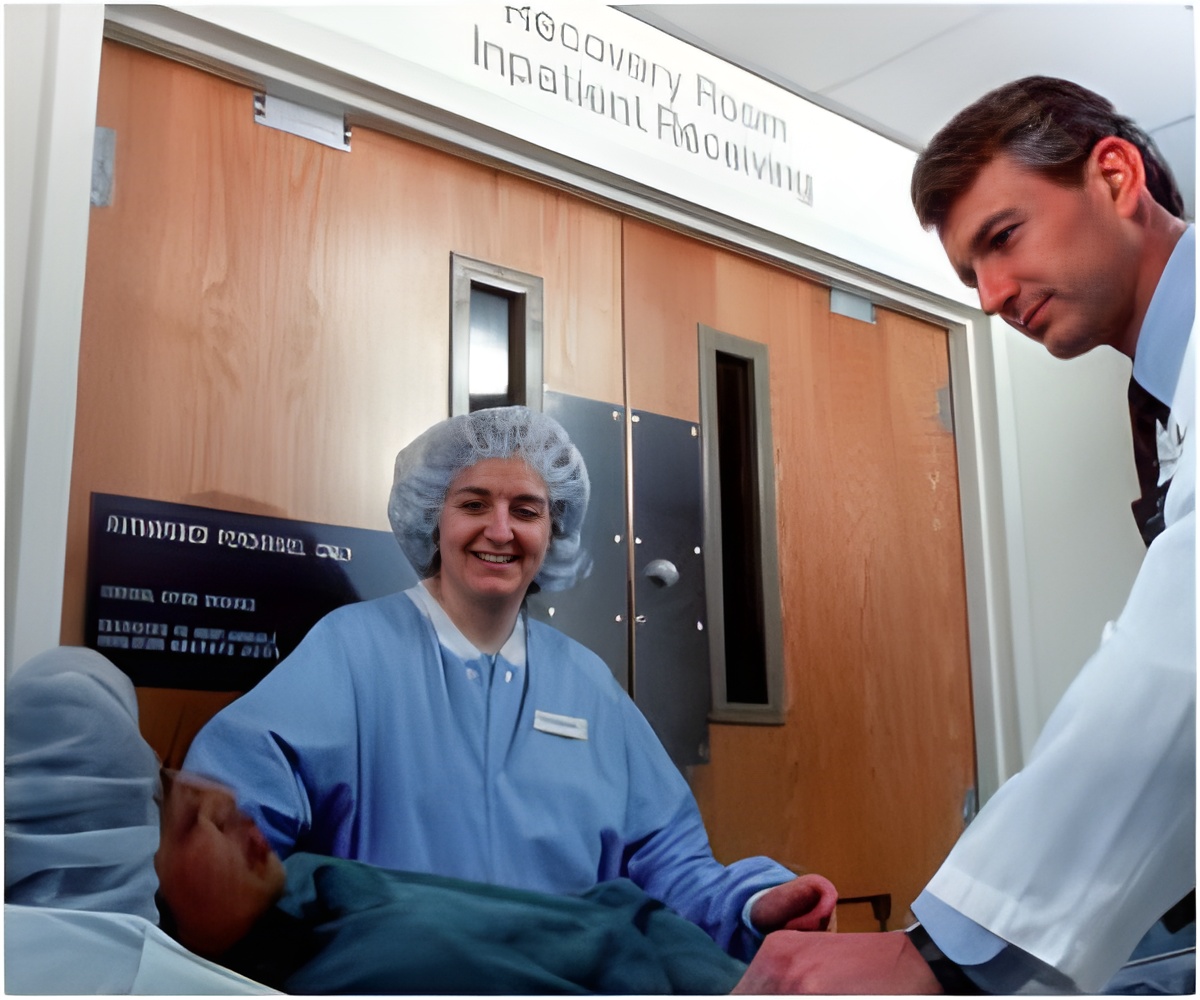A 50% drop in malpractice liability claims and payments was noted when a hospital made patient safety initiatives a priority by training nurses and doctors to improve teamwork, a new study found

"Liability insurance rates are not controlled, malpractice awards continue to increase, and there is increasing awareness of litigiousness in clinical practice," said Pettker. "As a result, obstetricians are increasingly reducing or dropping out of practice, and future physicians are discouraged from entering the field."
In 2004, Pettker and his team partnered with their liability insurance carrier to conduct a comprehensive safety assessment. The team then made improvements to the healthcare system and culture by standardizing care, learning and practicing new teamwork protocols, and enhancing oversight of clinical work. The team then compared the five-year period before the safety program was implemented to the five-year period afterward.
"We found a 50% reduction in liability claims, and also found that the payments made for these liability claims decreased 95%, from over $50 million to under $3 million," said Pettker.
In two prior studies, Pettker and his team found that the same safety-improvement program reduced adverse outcomes and created an improved culture of safety on obstetrical units. "This new publication demonstrates yet another positive result of our program," he said. "We've found that standardizing care, improving teamwork and communication, and optimizing oversight and quality review reduces liability exposure."
Pettker said that while most of the measures in the hospital's program make sense to outside observers, some involve substantial and systematic changes that might be resisted by nurses and doctors who value individual knowledge, skills, and experience. "Our publication gives another piece of evidence to justify the investment and work required for a sophisticated patient safety program," he said.
Advertisement
Advertisement








